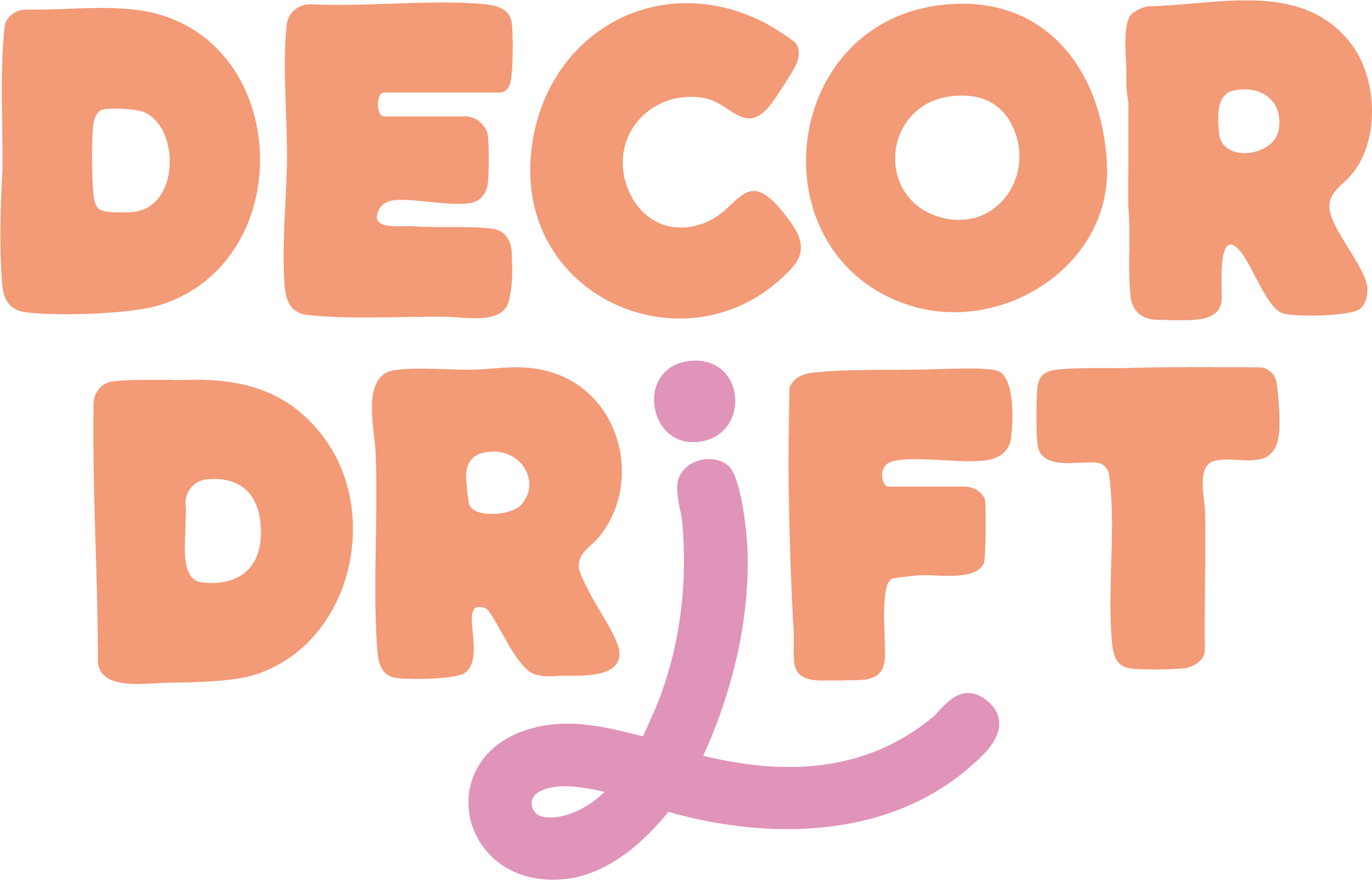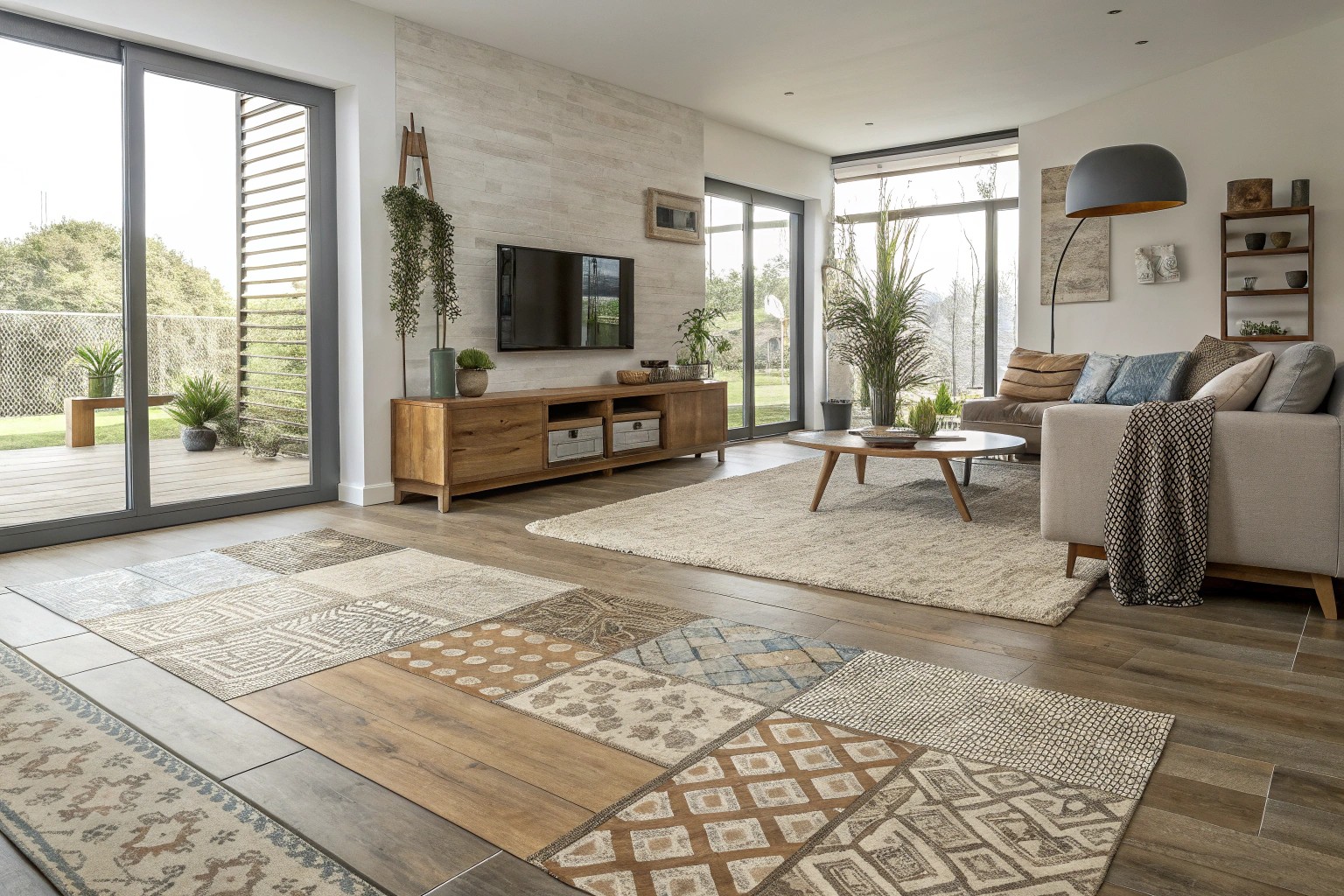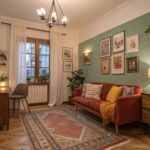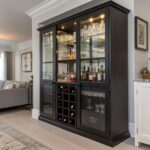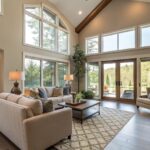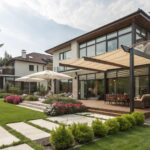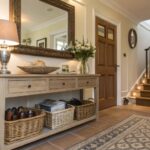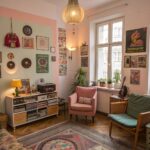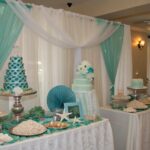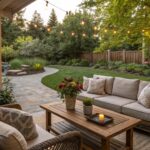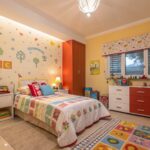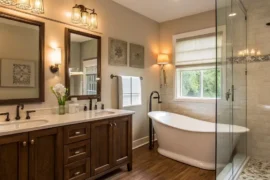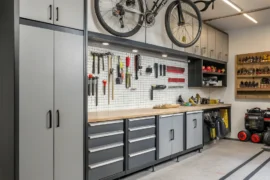In the world of interior design, we often obsess over color schemes, furniture placement, and lighting, yet one of the most impactful elements lies literally beneath our feet. As spaces evolve to prioritize sensory experiences alongside visual appeal, flooring texture emerges as a critical element that can transform how we perceive and interact with our environments.
The Sensory Foundation of Barefoot Design
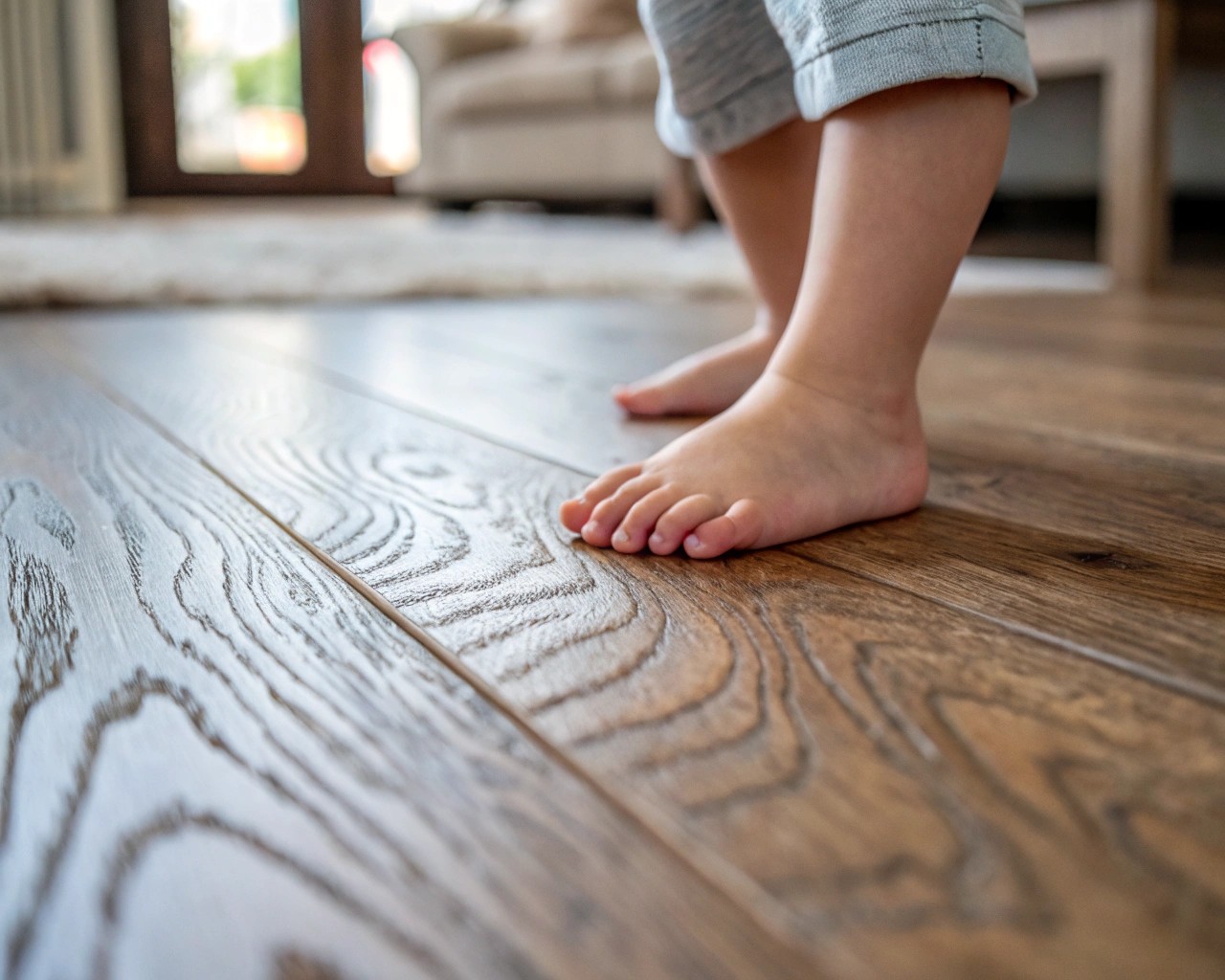
Texture in flooring goes beyond mere aesthetics—it plays a crucial role in creating spaces that feel both comfortable and visually engaging. The texture of flooring influences the overall atmosphere of a room, adding depth, dimension, and character that engages multiple senses simultaneously.
When I work with clients on new projects, I always encourage them to remove their shoes and experience potential flooring options barefoot. The information our feet gather—temperature variations, surface undulations, pressure distribution—profoundly affects our perception of comfort and wellbeing in a space.
The Science of Tactile Sensation
Our feet contain approximately 200,000 nerve endings, making them incredibly sensitive instruments for perceiving our environment. These nerve endings send signals to our brain that can:
- Stimulate circulation and nervous system responses
- Improve proprioception (awareness of body position)
- Provide gentle massage to pressure points
- Trigger psychological responses ranging from comfort to alertness
- Support developmental benefits, especially in children
In therapeutic environments, this principle is being applied through innovative products like liquid textured sensory floor tiles that blend vibrant colors, engaging textures, and fluid motion, creating multisensory experiences for both children and adults.
Types of Flooring Textures and Their Applications
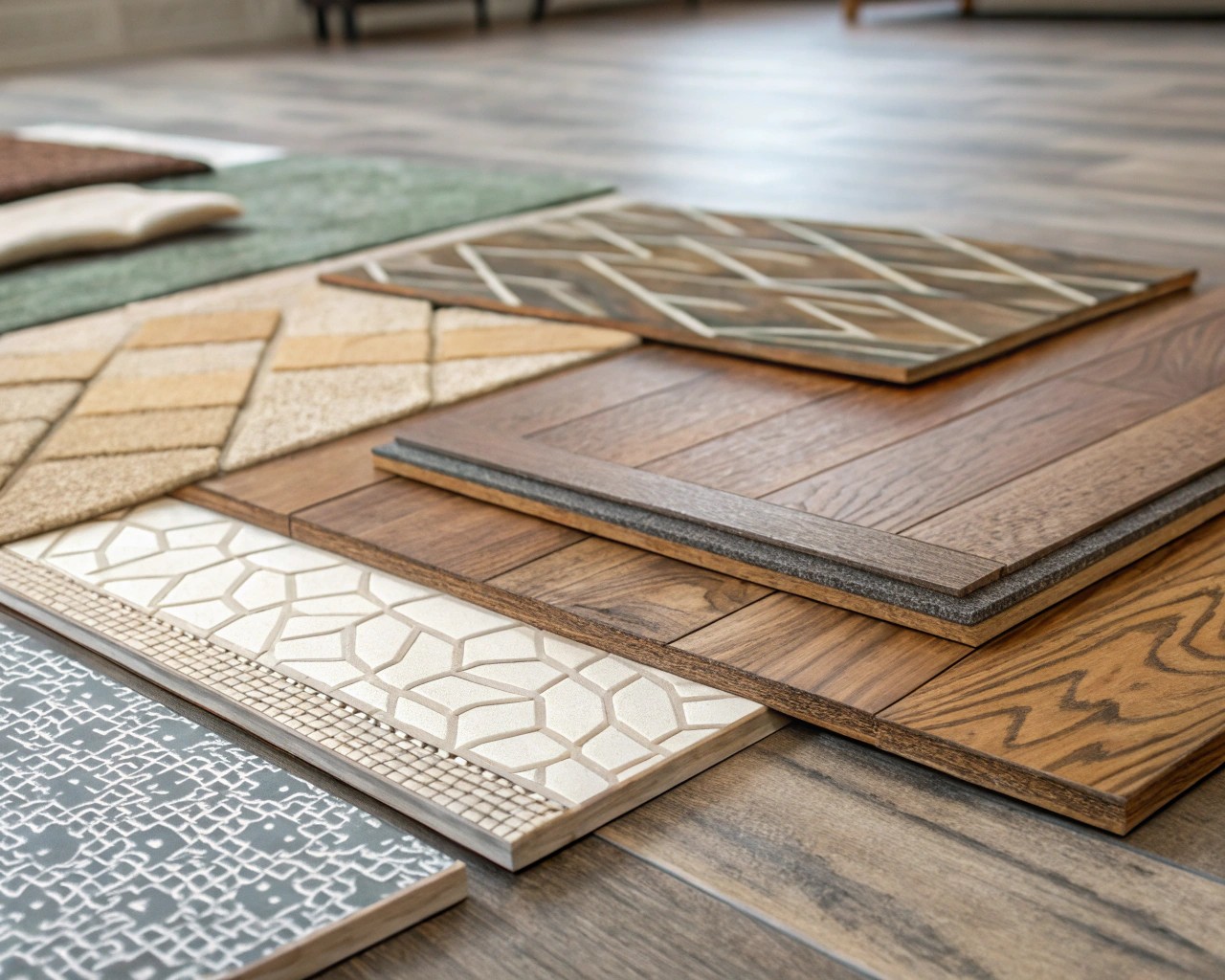
Understanding the spectrum of available textures helps in making informed design decisions that balance aesthetics with functionality:
| Texture Type | Characteristics | Best Applications | Sensory Experience |
|---|---|---|---|
| Smooth | Refined, polished look | Formal spaces, contemporary designs | Cool, sleek, minimal tactile input |
| Distressed | Vintage, rustic appearance | Family homes, high-traffic areas | Varied, organic, irregular |
| Wire-Brushed | Enhanced grain, subtle texture | Transitional designs, versatile spaces | Gentle tactile variation, natural feel |
| Hand-Sculpted | Replicates antique floors with character | Heritage renovations | Rich, historical, pronounced texture |
| Textured/Sensory | Specialized surfaces for tactile engagement | Therapeutic spaces, children’s areas | Highly engaging, stimulating |
Smooth Finishes
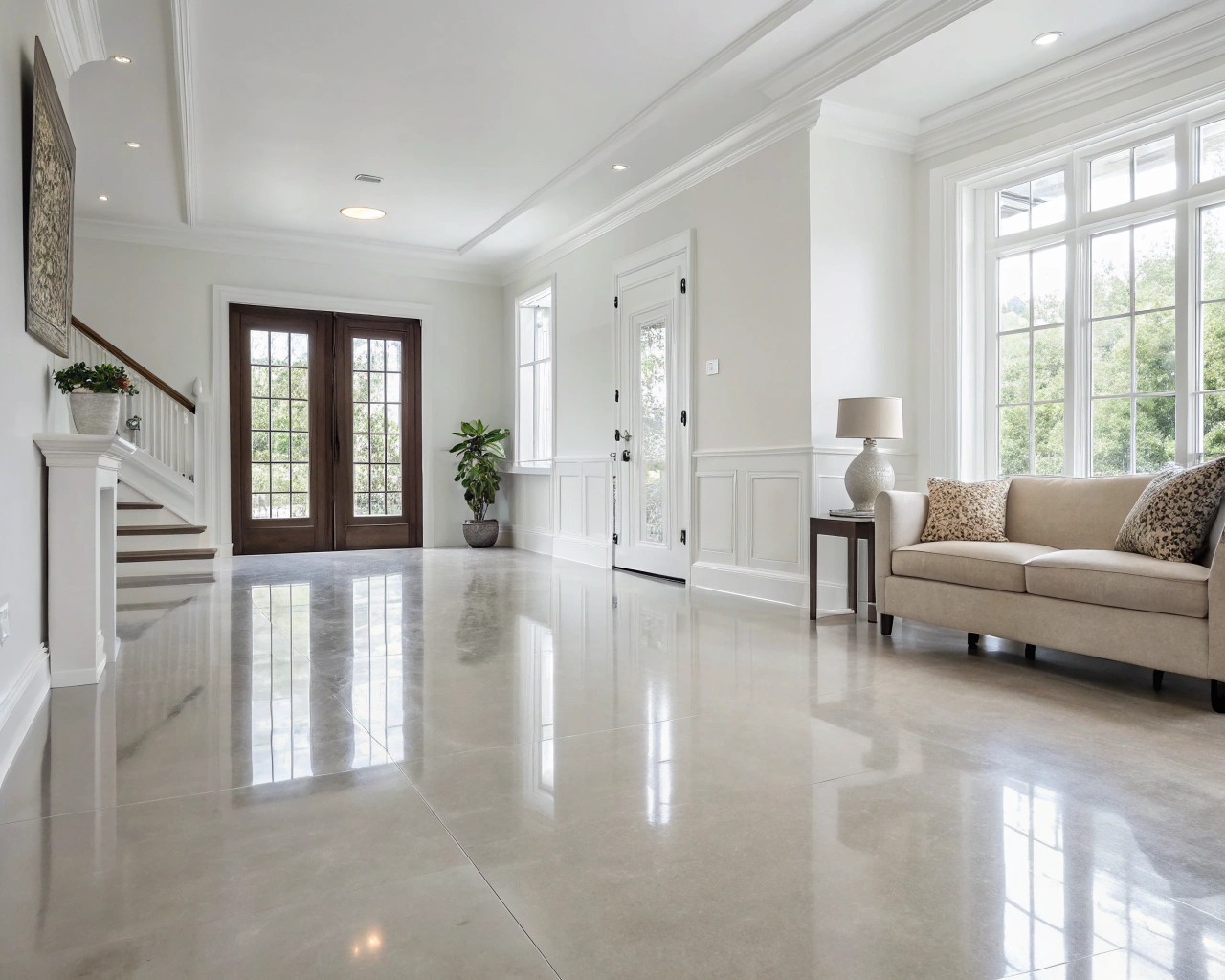
Smooth-textured flooring offers a refined, polished look ideal for contemporary and minimalist spaces. These surfaces are among the easiest to clean and maintain, offering a simple, even appearance. However, completely smooth surfaces can sometimes feel cold or institutional without careful design consideration.
Distressed and Textured Finishes

The distressed texturing technique creates a vintage, rustic appearance through processes like hand scraping, saw marks, and intentional wear patterns, resulting in an antique, lived-in look. This type of texture is particularly well-suited for busy households with children and pets, as it naturally disguises the inevitable scratches and wear of daily life.
We recently completed a lakeside cottage renovation where the homeowners were concerned about maintaining pristine floors with three active children and a Labrador. By installing distressed oak with variable texturing, we created a floor that not only withstood their lifestyle but actually improved in character over time as it acquired additional patina.
Wire-Brushed Textures
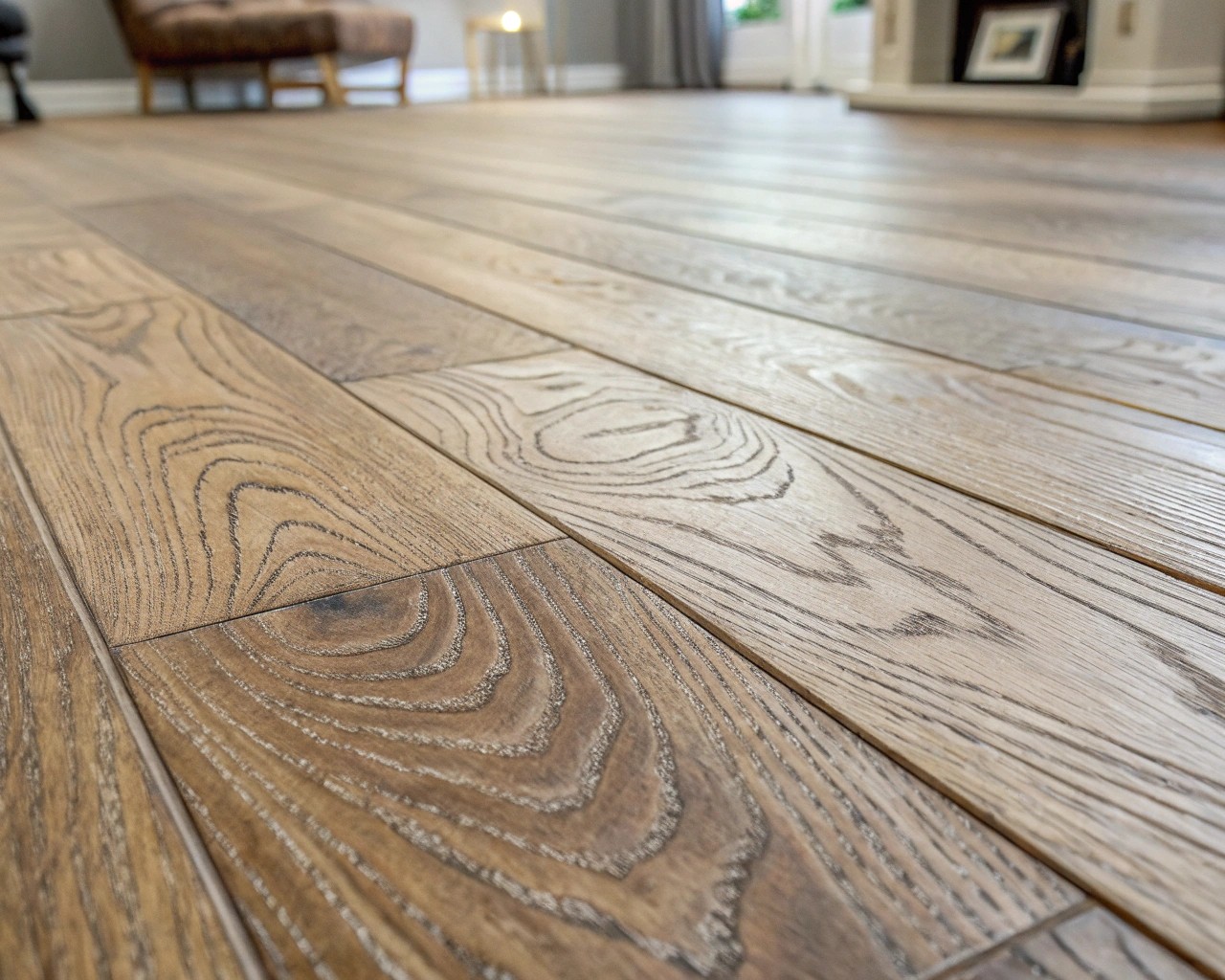
Wire-brushed textures offer the perfect balance between smooth classical styles and distressed rustic looks. Using specialized wire brush techniques, some of the softer grain is loosened to create subtle texture with dimension. This technique enhances and accentuates the natural grain of the wood, creating visual interest without overwhelming the space.
Specialized Sensory Textures
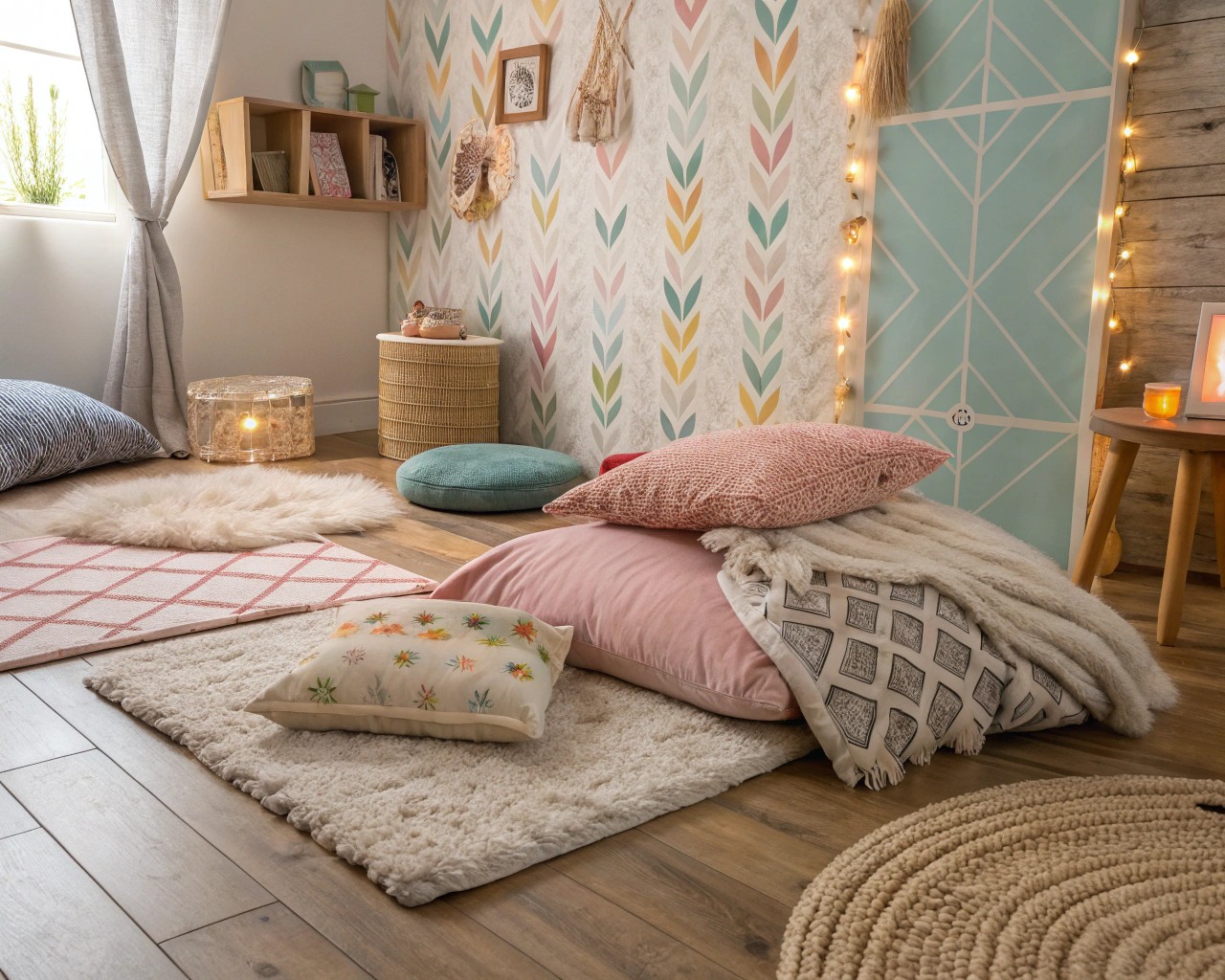
Beyond traditional wood textures, innovative options like Barefoot Therapy’s sensory floor tiles are designed specifically for therapeutic engagement. These tiles foster creativity and movement, providing environments that support motor skills, balance, coordination, and sensory processing.
Case Studies: Texture in Practice
Real-world applications demonstrate how thoughtful texture selection can transform spaces:
Case Study: Foxtel North Ryde Staff Space
The Foxtel Head Office at North Ryde implemented textured rubber tiles in their staff breakout area aiming for an atmosphere that felt more like a comfortable, vibrant home environment rather than a typical corporate setting. The project brief specifically called for flooring that matched the concept of colors from old TV test patterns while providing practical durability in a high-traffic setting.
By selecting rubber tiles with specific textures, the designers created a space that not only visually represented the company’s media heritage but also provided comfortable underfoot sensation for employees seeking a restorative break. The client reported positive feedback, noting that employees were very pleased with both the design concept and the final outcome.
Case Study: Georgia State University’s North Annex
When Georgia State University’s Alpharetta campus constructed their North Annex building for the executive MBA program, they required flooring that was both sophisticated and compatible with existing campus aesthetics. The designers selected a luxury vinyl product that so convincingly mimicked real wood that observers often mistook it for the genuine material upon first glance.
The vinyl plank flooring provided practical benefits essential in an educational environment: durability, easy maintenance, and acoustic properties that reduced noise from student traffic. This case demonstrates how textured flooring can simultaneously address aesthetic goals and functional requirements in institutional settings.
Case Study: Therapeutic Residential Design
For a family with a child with sensory processing challenges, I incorporated varied floor textures throughout their home to create naturally occurring sensory zones. In the transition spaces, we installed barefoot-friendly textured tiles that provided gentle proprioceptive input, helping the child decompress between activities.
The parents reported that these intentional texture transitions significantly reduced meltdowns and improved the child’s ability to regulate emotions when moving between different activities. This outcome reinforced my belief that flooring texture is not merely decorative but can serve profound functional purposes.
Selecting the Right Texture for Different Spaces
The selection of appropriate textures should be guided by both practical and experiential considerations:
Practical Texture Considerations
- Traffic patterns: High-traffic areas benefit from textured surfaces that disguise wear and provide slip resistance
- Maintenance requirements: Deeply textured surfaces may require specialized cleaning approaches
- Acoustic goals: Textured floors can help absorb sound in echoing spaces
- Safety needs: Certain textures provide better traction, especially important in areas prone to moisture
- User demographics: Consider the specific needs of the space’s primary users (children, elderly, etc.)
Experiential Texture Considerations
- Intended mood: Smooth textures often convey formality; rustic textures create warmth
- Transition functions: Changing floor textures can signal transitions between functional areas
- Sensory goals: Specific textures can stimulate or calm depending on needs
- Barefoot comfort: Consider how the floor feels when experienced without shoes
- Seasonal adaptation: Some textures feel more appropriate in different seasons
When working with a healthcare client on a pediatric therapy center, we created a progression of textures—from highly stimulating in active treatment areas to gradually more subtle in calming spaces. This thoughtful texture gradient supported the therapeutic goals of the facility while creating intuitive wayfinding for young patients.
Implementation Strategies for Textured Flooring
Successful implementation of textured flooring requires attention to several key factors:
Installation Considerations
- Proper subfloor preparation: Imperfections can be magnified with certain textures
- Material acclimation: Allow flooring to adjust to the environment before installation
- Skilled installation: Use qualified professionals familiar with your specific textured product
- Lighting evaluation: Test how directional lighting affects the appearance of texture
- Transition planning: Consider how different textures will meet at thresholds
Barefoot-Friendly Texture Selection
If creating a truly barefoot-friendly environment is your goal, consider these specific textures:
- Cork flooring: Naturally warm, slightly springy, with subtle organic texture
- Engineered wood with light wire-brushing: Provides gentle tactile interest without harshness
- Honed natural stone: Smooth yet variable texture with excellent thermal properties
- Specialized sensory tiles: Designed specifically for barefoot stimulation and comfort
- WPC (Wood Plastic Composite) barefoot tiles: Offer “pleasant easy-care barefoot comfort” without splinters
You might be surprised by how much these textures can transform the experience of a space. I recently specified honed limestone for a yoga studio, and the owner reported that membership increased specifically because practitioners commented on how grounding it felt to practice on the subtly textured stone surface.
Maintenance Strategies by Texture Type
Different textures require specific maintenance approaches to preserve both appearance and functionality:
| Texture Type | Cleaning Method | Frequency | Special Considerations |
|---|---|---|---|
| Smooth | Microfiber dust mop, damp mop | Weekly | Shows dust and scratches more readily |
| Distressed | Vacuum with soft brush, damp mop | Bi-weekly | Debris can collect in deeper textures |
| Wire-Brushed | Vacuum, damp mop with grain | Weekly | Clean with grain direction |
| Hand-Sculpted | Vacuum, specialized cleaner | Weekly | Avoid excess moisture in crevices |
| Sensory Tiles | Manufacturer-recommended cleaners | As needed | Follow specific care instructions |
The Future of Barefoot Design
As our understanding of sensory design deepens, we’re seeing exciting innovations in flooring textures:
Emerging Trends in Textured Flooring
- Responsive textures: Surfaces that change based on temperature or pressure
- Therapeutic textures: Floors designed with specific health benefits in mind
- Sustainable textured materials: Eco-friendly options with rich tactile properties
- Mixed texture installations: Combining different textures for sensory zoning
- Technology-integrated textures: Smart floors that provide feedback through texture
During a recent design conference, I experienced prototype flooring with subtle embedded texture patterns that create gentle foot reflexology effects as you walk. These innovations suggest that future flooring may actively contribute to wellbeing rather than simply providing a surface.
